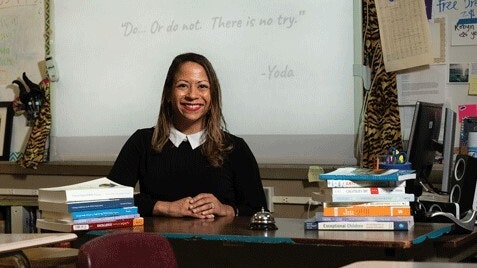Homepage
•
Learning Library
•
Blog
•
Kimberly Eckert Is Passionate About Empowering Diverse Educators
Expand breadcrumbs
Expand breadcrumbs
- Learning Library
- Blog
- Kimberly Eckert Is Passionate About Empowering Diverse Educators
- Homepage
- •
- Learning Library
- •
- Blog
- •
- Kimberly Eckert Is Passionate About Empowering Diverse Educators
Kimberly Eckert Is Passionate About Empowering Diverse Educators
By Julie Phillips Randles
October 27, 2020








